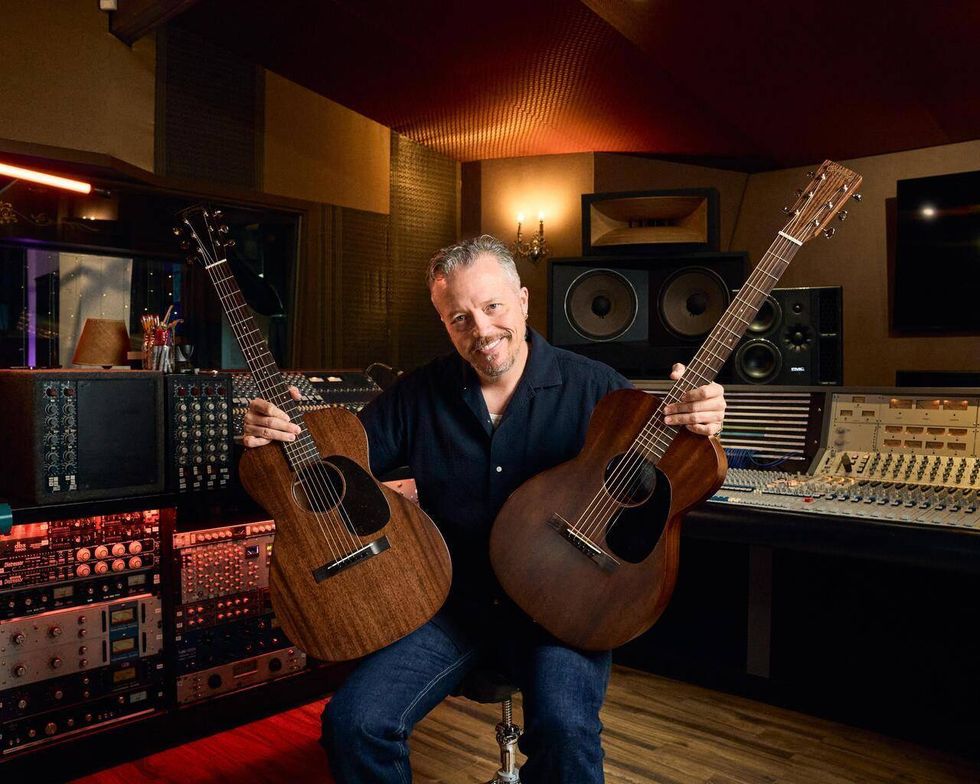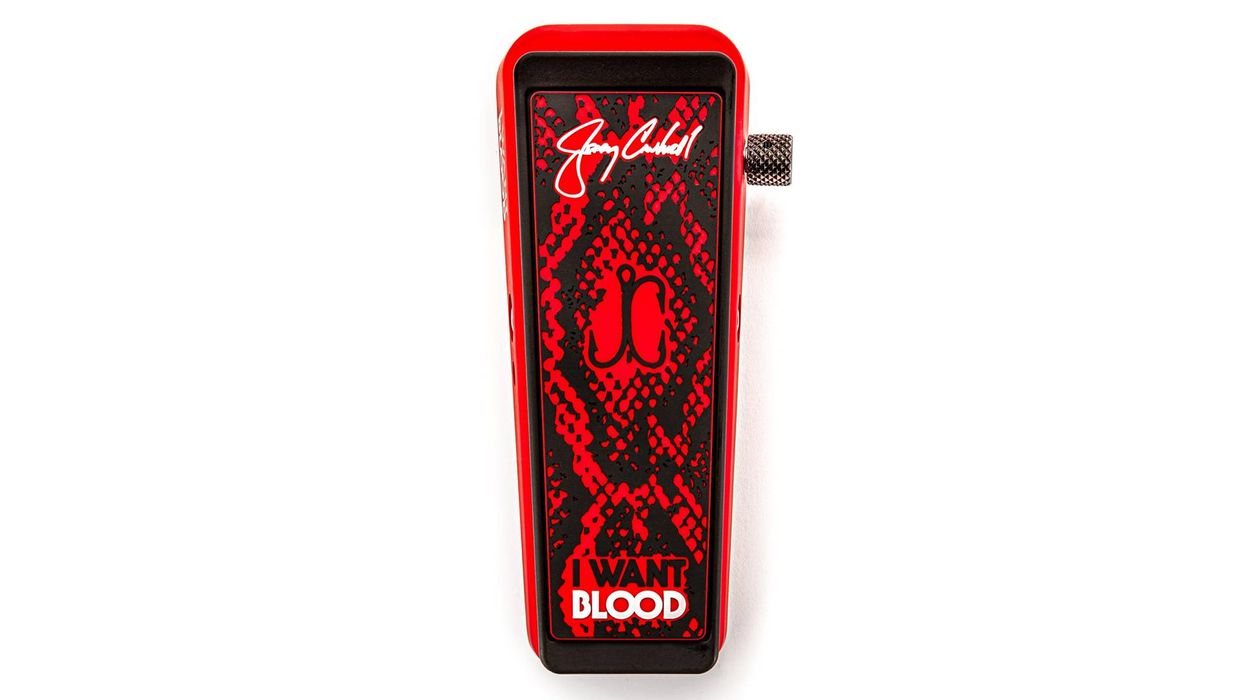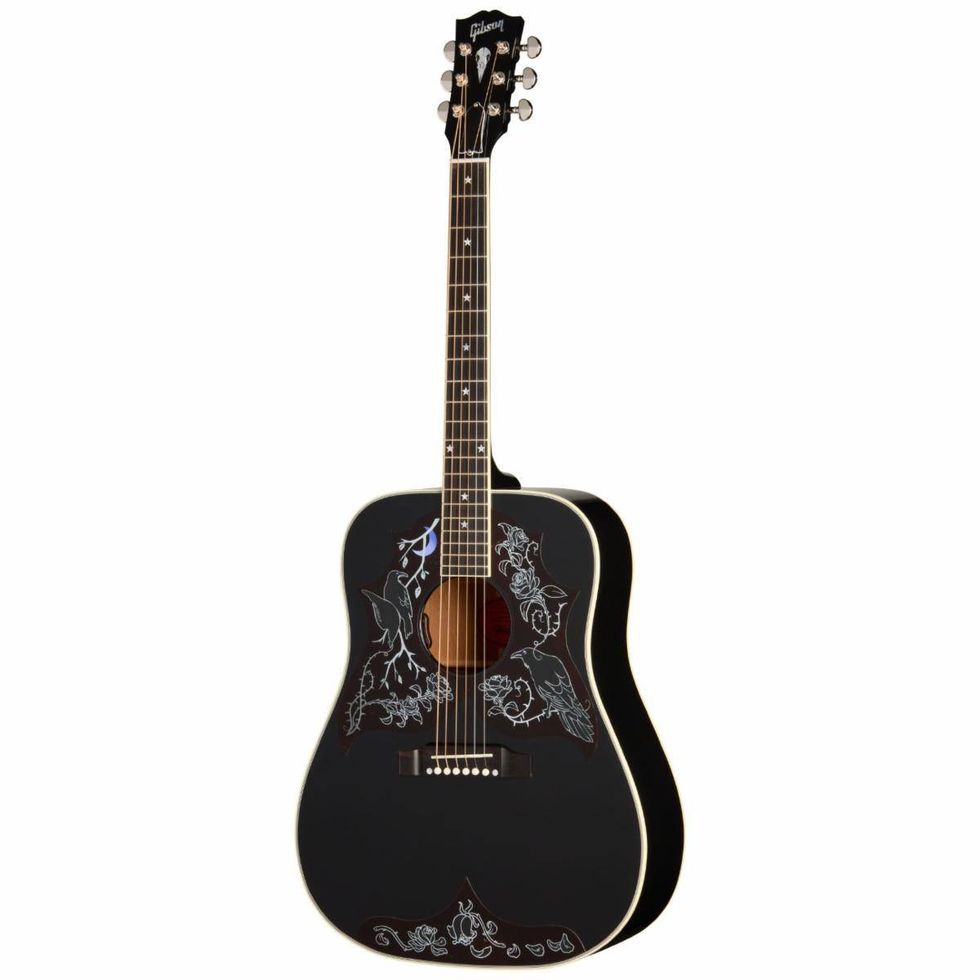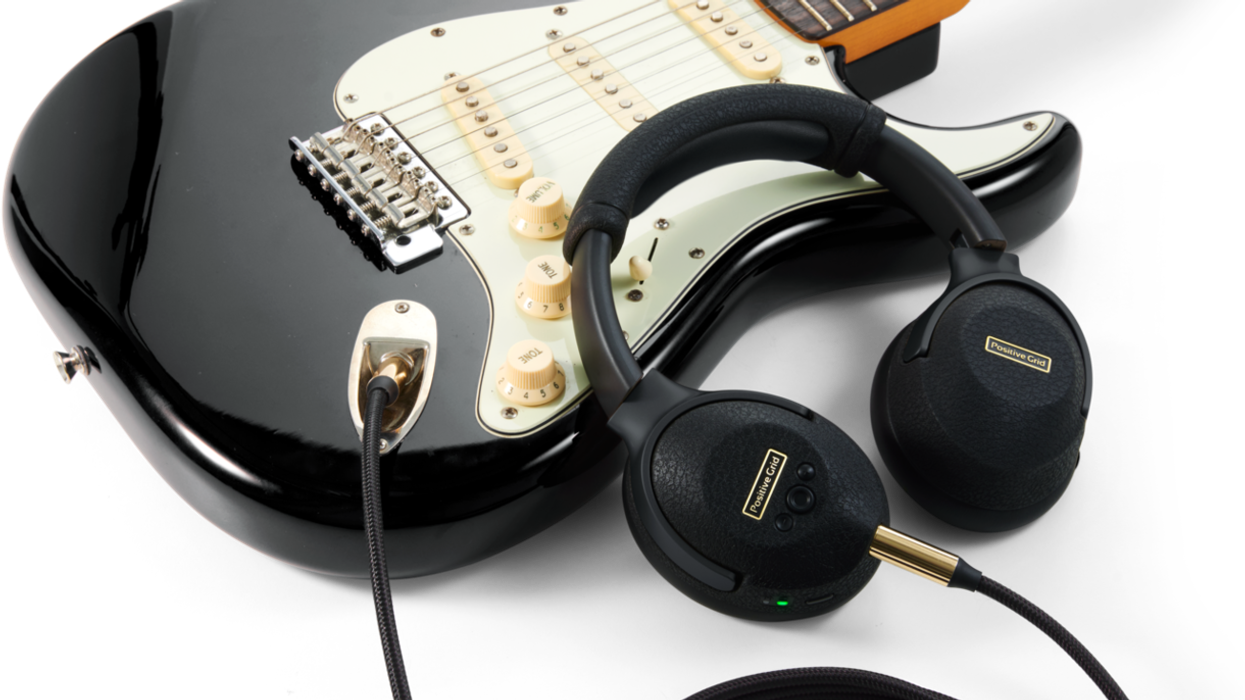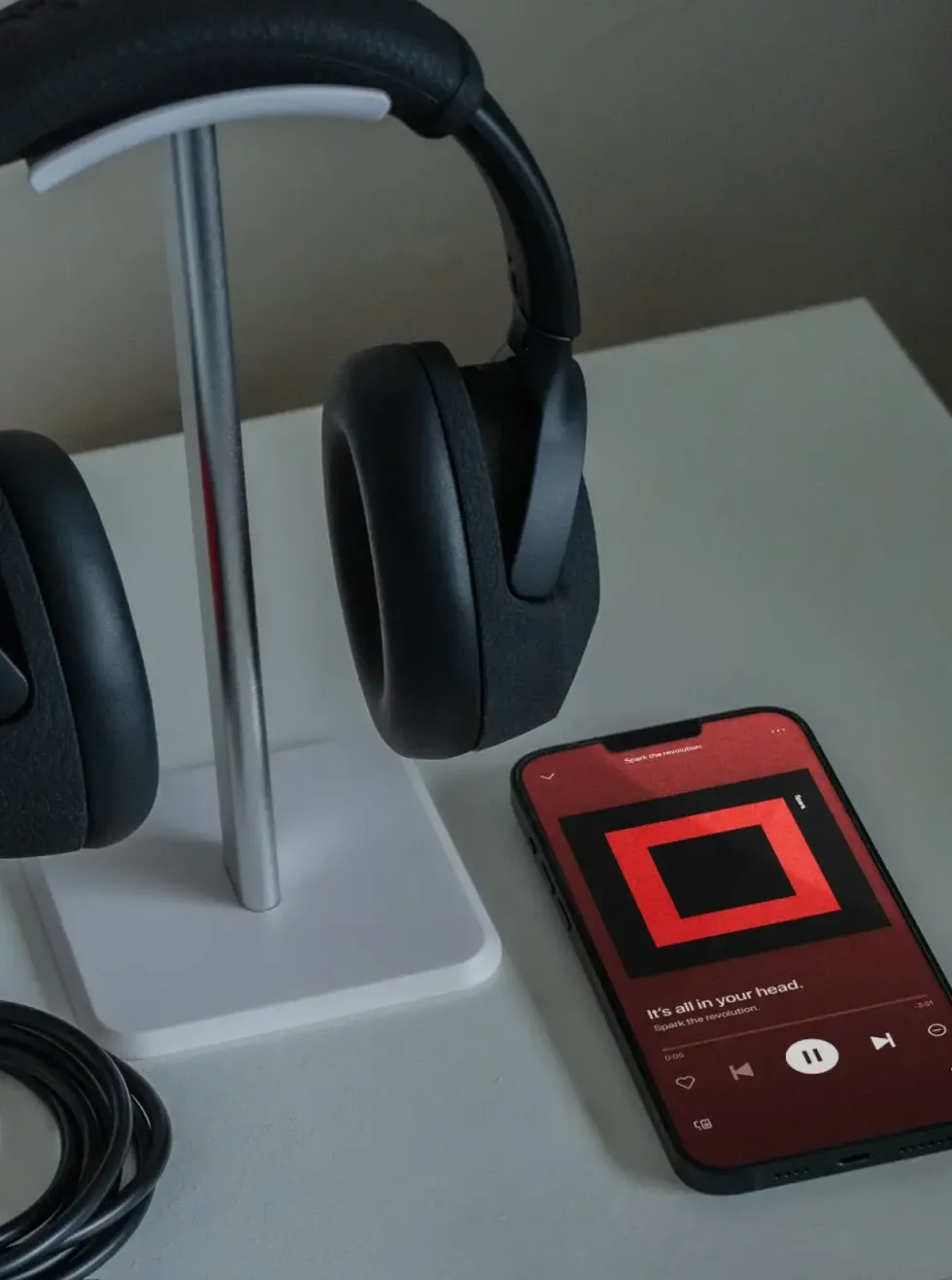An upgrade to its 2019 model, the Mk2 is now available for 4 and 5 string basses and includes a redesigned floor unit.
The 1st gen Valvebucker was launched in 2019. It gained publicity at the time, being the first and only vacuum tube-powered active pickup system ever for electric guitars. The key Mk2 upgrades are:
- Available now for 4- and 5-stringed Ruokangas basses
- Available now for 7-stringed Ruokangas guitars
- Completely new visual design
- The redesigned floor unit features now a balanced output (works as a DI box) as well
- The floor unit is now always matched in color with the instrument
Features:
- A sensitive magnetic pickup capsule, capturing the instrument sound in high fidelity
- Tube-powered proprietary preamp circuit
- One pickup - but a wide variety of sounds
- Military-grade triode and pentode NOS tubes with a lifetime warranty
- A floor unit included, to connect the Valvebucker® -equipped included to the rest of your signal chain
- A 12VAC power supply included
- A 10-foot XLR cable included
Markus Setzer - Improvisation / Valvebucker demo
The Valvebucker Mk2 is available as a custom option for Ruokangas guitars and basses, adding 2000€ / US $2,200.00 to the basic cost of an ordered instrument. The Valvebucker is not available as an aftermarket/retrofit product.
For more information, please visit ruokangas.com.
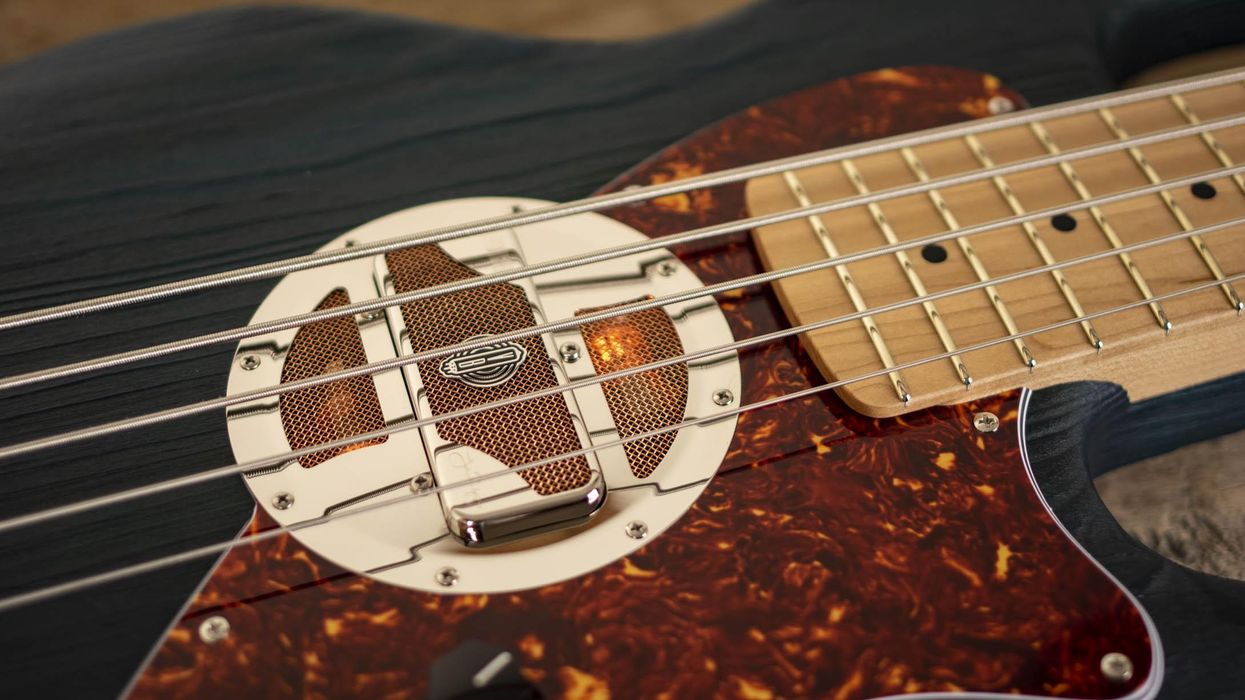
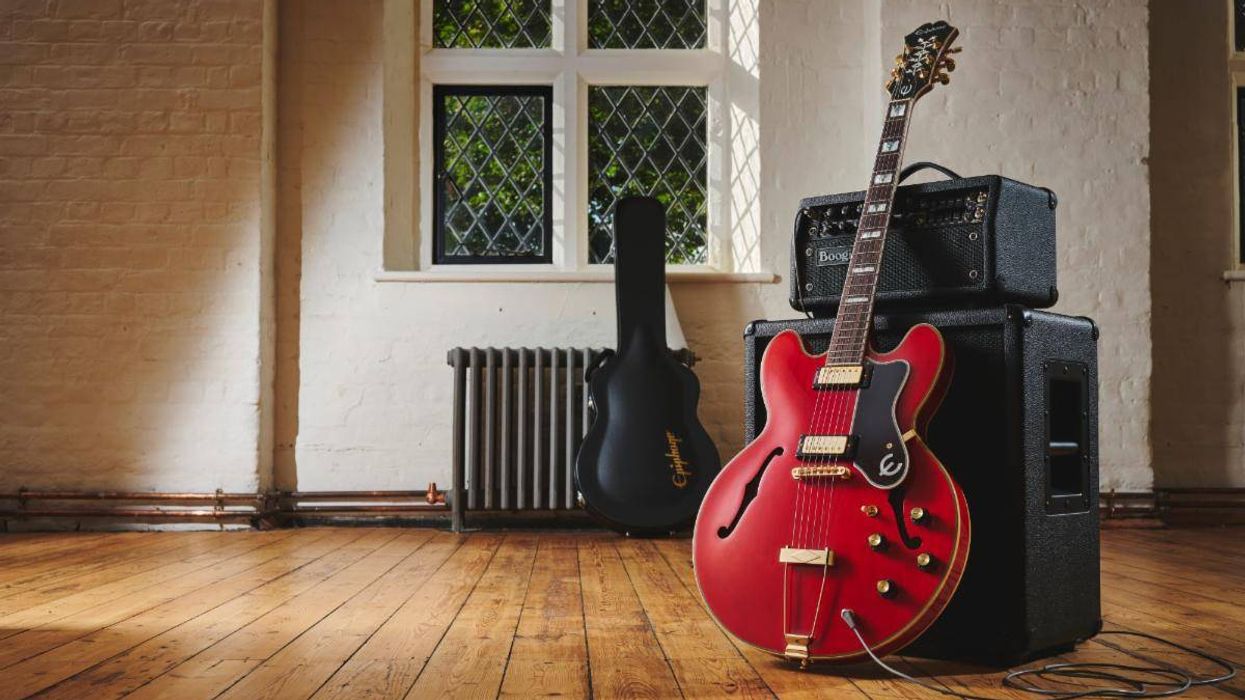
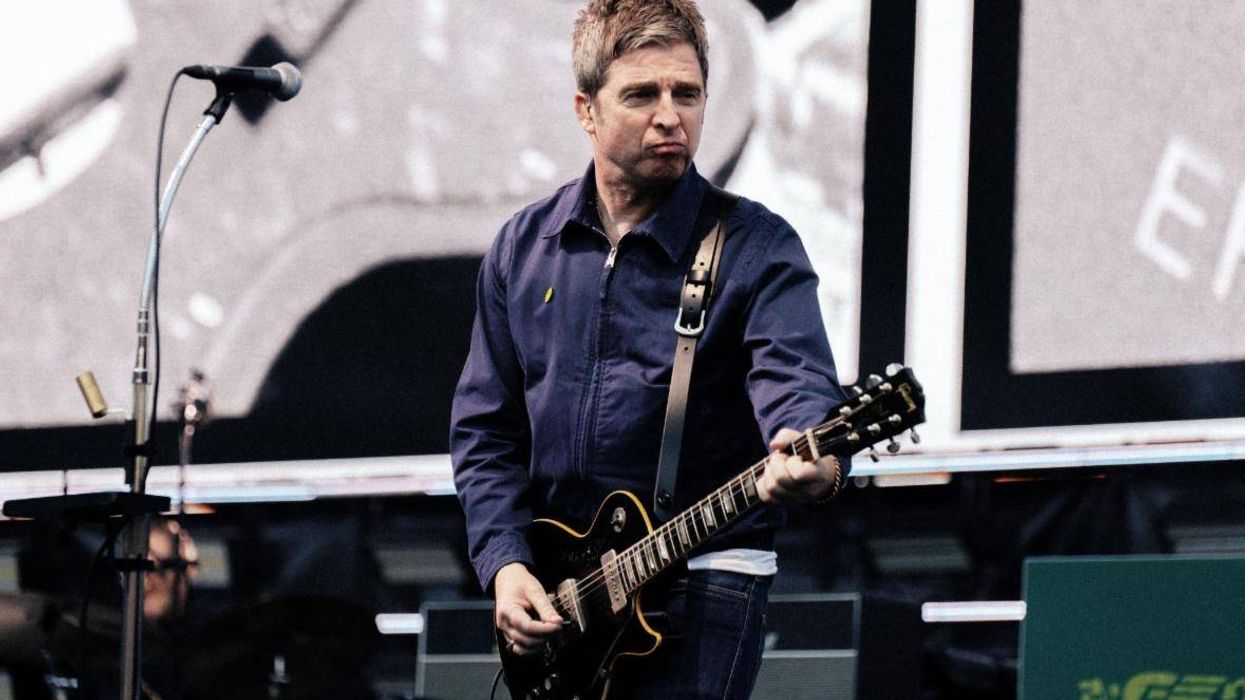
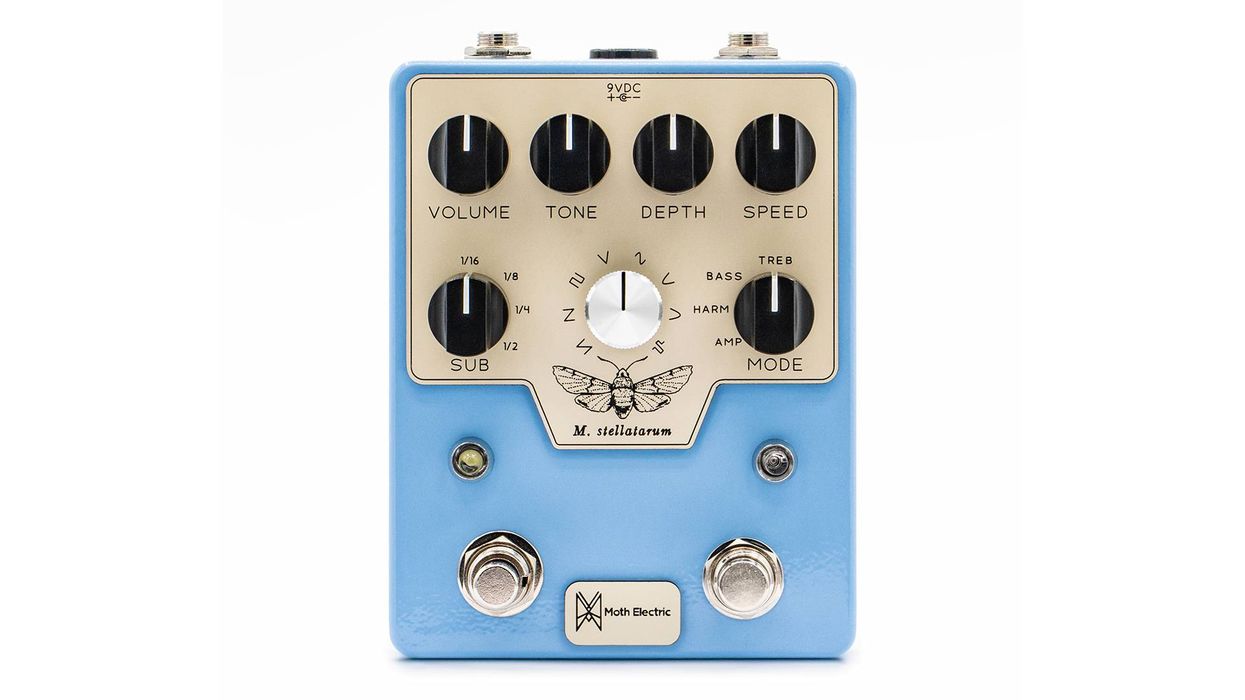
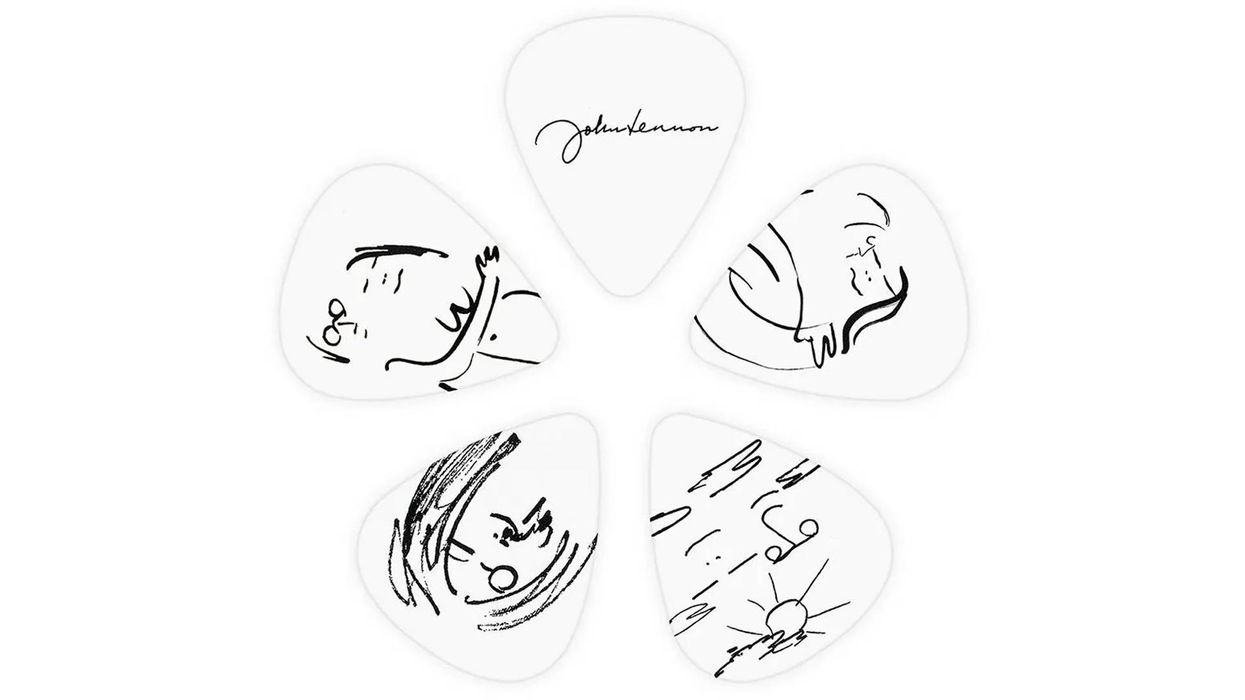
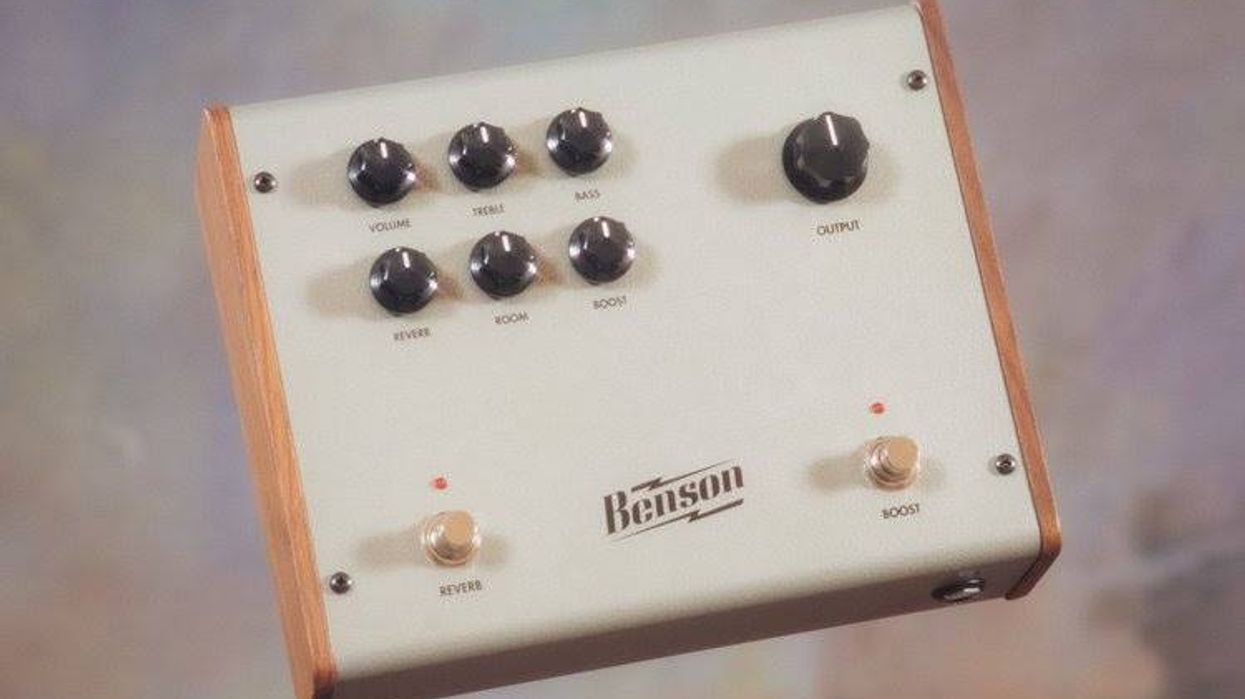
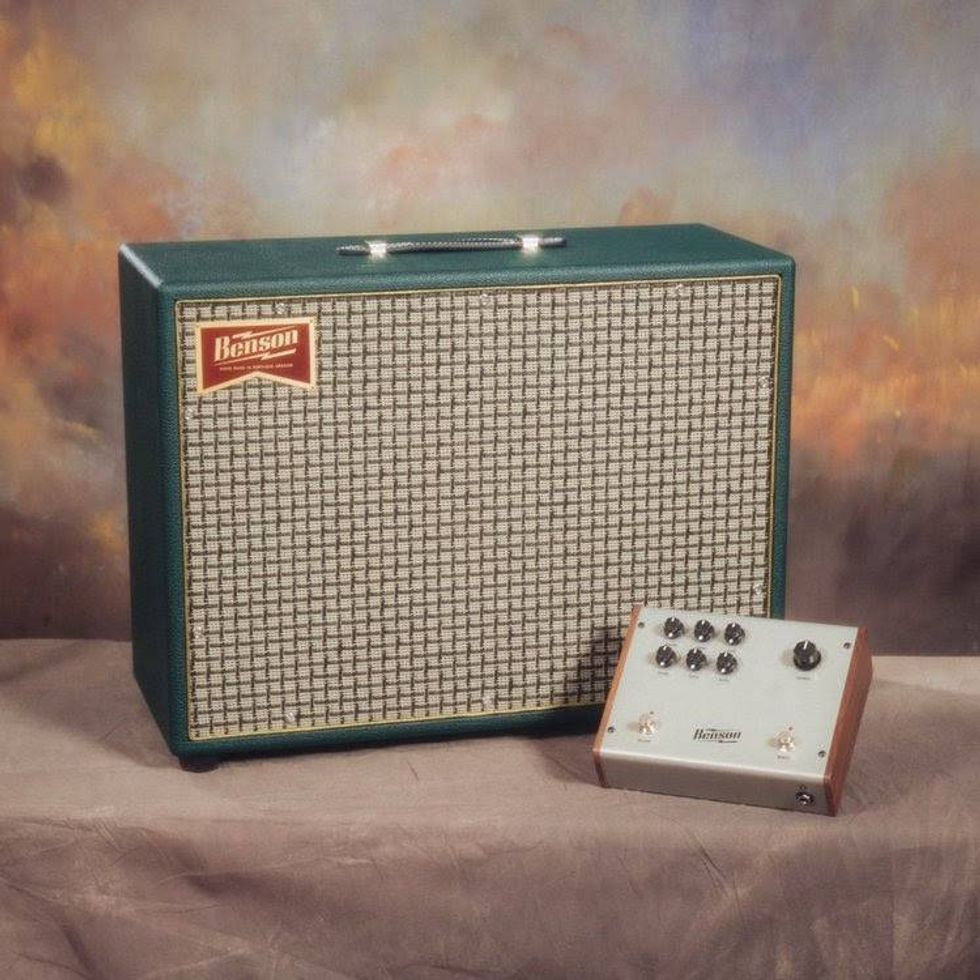
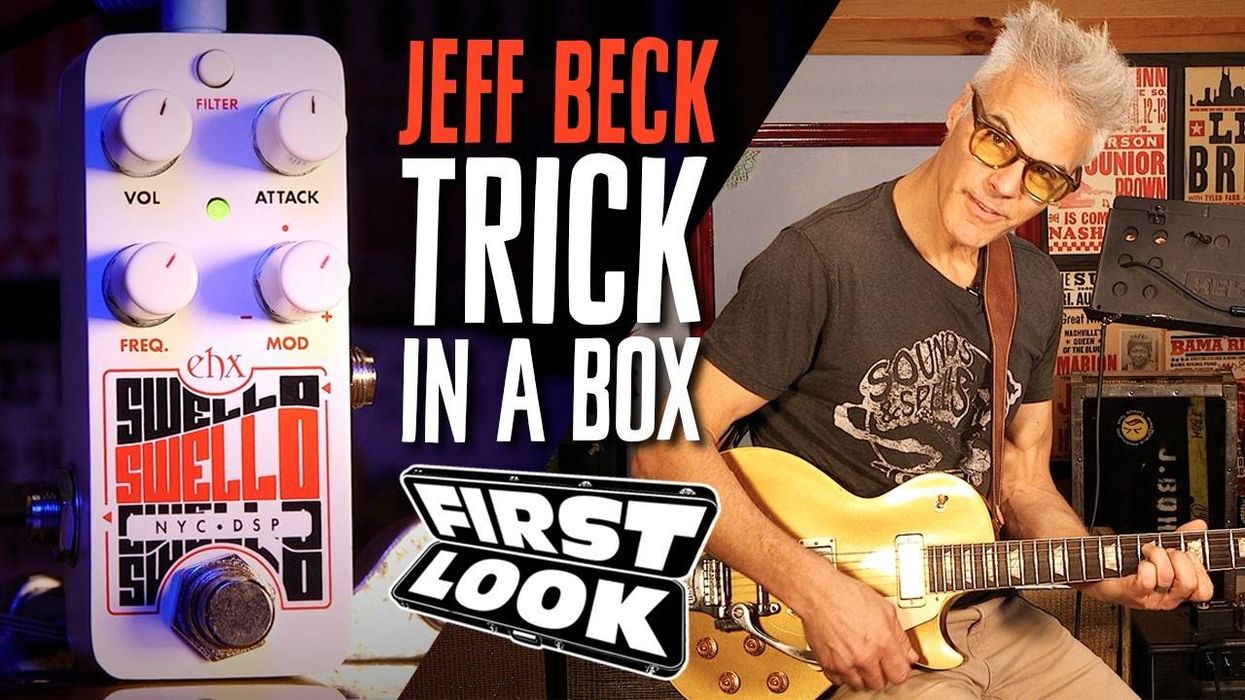
![Devon Eisenbarger [Katy Perry] Rig Rundown](https://www.premierguitar.com/media-library/youtube.jpg?id=61774583&width=1245&height=700&quality=70&coordinates=0%2C0%2C0%2C0)





